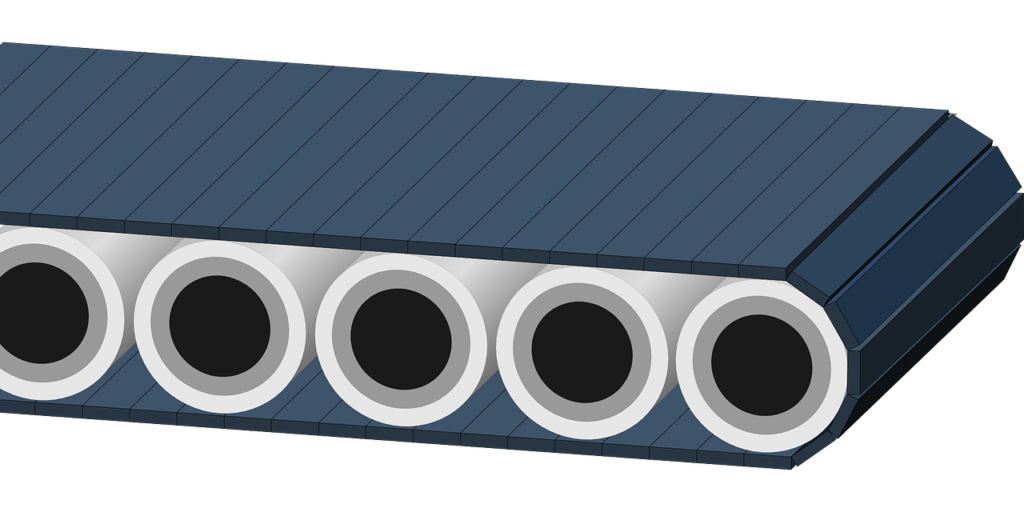Why Heat Resistant Conveyor Belt Materials are a Must

In the automotive industry, conveyor belt materials are an important part of the process. They come in many types and sizes: some soft, some hard, and some rugged. The job of a conveyor belt is to transport products from one location to another. However, certain constraints must be met for a good product flow – so getting the right material can be crucial.
What is heat-resistant conveyor belt material?
Heat-resistant conveyor belt material is a type of conveyor belt material that is designed to resist heat. When used in conjunction with a temperature control system, heat-resistant conveyor belt material can help to ensure that products are delivered to the correct location promptly. Heat-resistant conveyor belt materials are also useful in industries that involve high temperatures, such as food processing and metalworking.
The different types of heat-resistant conveyor belt materials
Conveyor belt materials are essential in many manufacturing processes, as they help move large pieces of material through a factory or other industrial setting. While many materials can be used for conveyor belts, heat-resistant materials are especially important.
Heat-resistant conveyor belt materials can withstand high temperatures for a prolonged period. This is important, as it allows the material to stay hot during processing and avoid causing any damage. Additionally, these types of materials can resist staining and other degradation caused by high temperatures.
When choosing a heat-resistant conveyor belt material, it is important to consider the specific needs of your manufacturing process. For example, some materials are better suited for use in environments with high levels of heat. Others are more stable under low temperatures. It is also important to consider the cost and durability of the material when making a purchase.
Protecting your conveyor belt from overheating
Heat-resistant conveyor belt materials are a must in today’s manufacturing environments. Not only do they protect your belt from overheating, but they also extend the life of your belt by preventing damage caused by excessive heat. To prevent damage, it is important to have a good understanding of the different types of heat-resistant materials and how they work.
Effects of overheating on the user
Heat-resistant conveyor belt materials can help to prevent potential injuries that may be caused by overheating. When a material becomes too hot to handle, it can cause skin burns and other types of injuries. By using heat-resistant conveyor belt materials, businesses can protect their employees from these dangers.
When materials become too hot to handle, the heat can cause skin burns and other injuries. By using heat-resistant conveyor belt materials, businesses can protect their employees from potential injuries. Heat-resistant conveyor belt materials help to prevent potential skin burns and other types of injuries by preventing the material from becoming too hot to handle.
Conclusion
Heat-resistant conveyor belt materials are essential in any manufacturing process that involves the use of hot liquids or solids. This is because these materials can help keep the equipment and workers safe from injury caused by heat. In addition to being heat resistant, these materials are also tough enough to withstand regular wear and tear. If you need a conveyor belt material that can handle high temperatures and heavy loads, then look no further than heat-resistant conveyor belt materials.

Mahesh Kumar is a dynamic marketing consultant and tech enthusiast with a passion for driving business growth through his innovative strategies and cutting-edge technology. With 6 years of experience in the industry, he has helped numerous businesses leverage the power of digital marketing to reach their target audience, build brand awareness, and increase sales.








